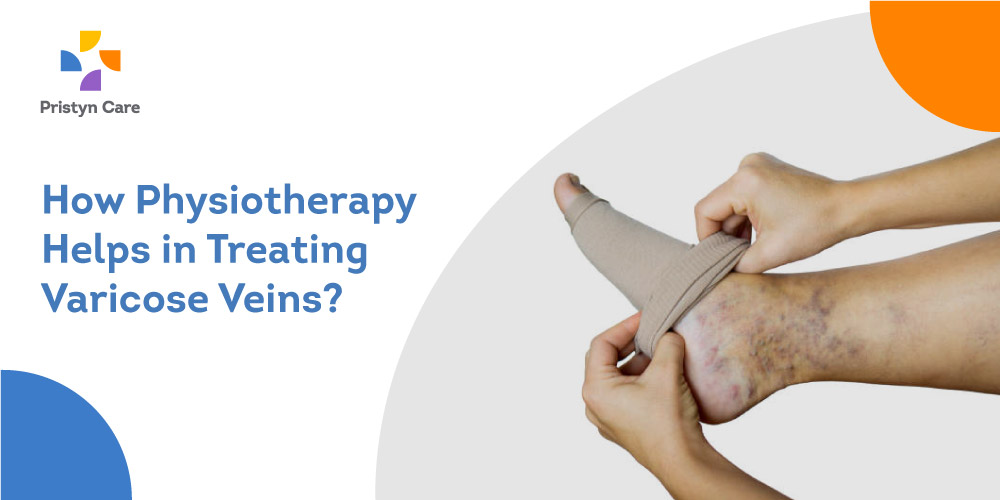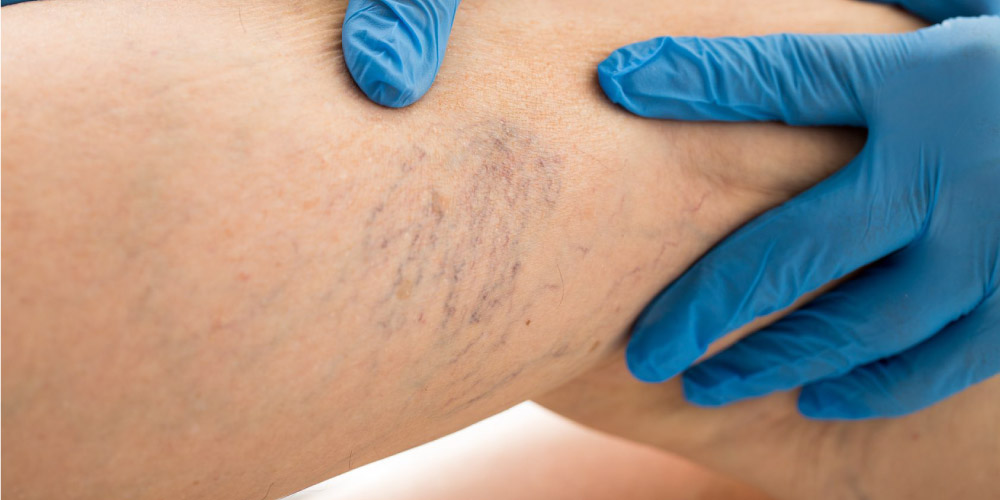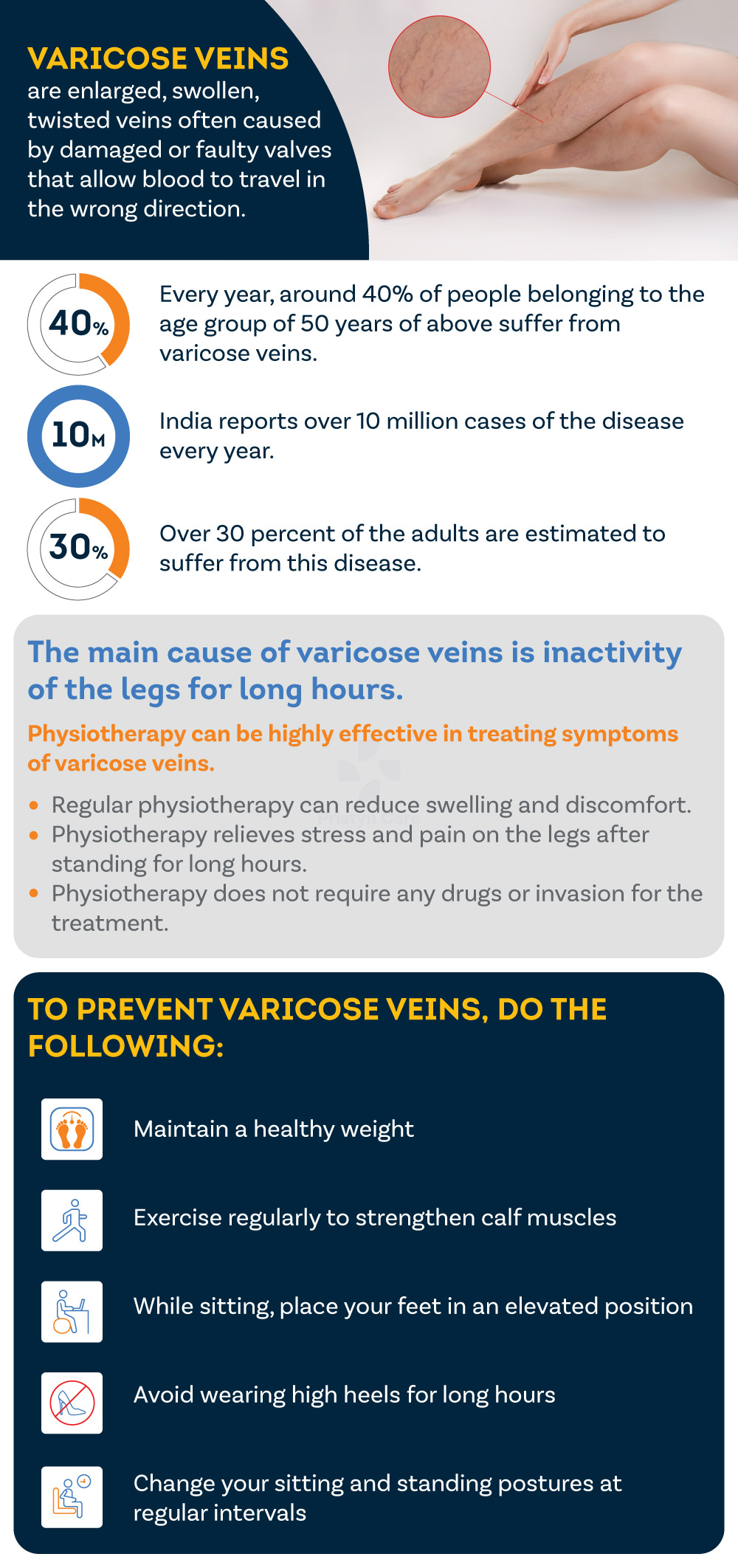
To re-initiate proper blood circulation and relieve the venous pressure on the legs, patients are often recommended taking physiotherapy or massage therapy to manage the pain of varicose veins. Massaging enhances blood flow, and for patients of varicose veins, it can prove to be highly effective.
Table of Contents
How Physiotherapy works for varicose veins?
Physiotherapy for varicose veins is a natural healing treatment that focuses on the dysfunctional valves or damaged veins. Every year, around 40% of people belonging to the age group of 50 years of above suffer from varicose veins. There are various methods of treating varicose veins, based upon their severity but physiotherapy is considered to be the most natural and harmless method of treatment.
The main cause of varicose veins is inactivity of the legs for long hours. Physiotherapy instigates blood circulation in the veins and makes them return to normal rate.
Benefits of physiotherapy for varicose veins
Physiotherapy is nothing but a form of physical therapy; no medications or drugs are used in the process. Physiotherapy for varicose veins primarily helps in blood circulation, but there are other benefits too:
- Regular physiotherapy can reduce swelling and discomfort.
- Physiotherapy relieves stress and pain on the legs after standing for long hours.
- Physiotherapy does not require any drugs or invasion for the treatment.

5 common and effective physiotherapy methods that can treat varicose veins in legs:
- Use compression stockings
Compression stockings are tight socks-like garments that are recommended to be worn around the areas affected by varicose veins. Compression stockings can provide relief during the initial stage of varicose veins. Although not a permanent cure for varicose veins, wear compression stocking can help prevent the condition from becoming worse. The stockings firmly squeeze the legs and help in the circulation of the blood. Along with this, it can also provide relief from discomfort, pain and the swelling of the legs. Compression stockings are beneficial for people of all age groups.
- Walking
Walking is probably the most easy form of exercise to enhance blood circulation in the legs. Walking for 15-30 minutes every day can provide much relief from the painful symptoms of varicose veins. Walking is an excellent way to generate enough blood circulation in the legs. People suffering from varicose veins should refrain from straining the knee and hence not walk on stairs. Rather, they should try to walk on soft surfaces like grassy areas that do not stress the joints.
- Swimming
Swimming pushes the blocked blood in the legs and helps during varicose veins. The posture of a person is horizontal while swimming and that increases the flow of the blood out of the legs.
- Rocking the feet
This is a simple form of physiotherapy that can be done either by sitting or standing. If a person has any health problem which is stopping him or her from doing any other form of physiotherapy or exercise, they can treat the symptoms by simply rocking their feet. Simply rock your feet front and back from heel to toe. This can be done whenever you want and wherever you are.
- Leg lifts
Leg lift exercises can be a great form of physiotherapy. Leg lifts can be done either by sitting or by lying on your back.
If you are sitting, lean towards the wall and keep your back straight. Making a 45 degree, lift your legs against your body. Repeat doing this everyday for 20-30 minutes.
If you are lying on your back, bring your hands near your legs and face the palms downwards. Lift one leg at a time for a minute in a perpendicular position and slowly get it down. Repeat the same with the other leg. You can also lift both the legs together at a time and criss-cross with one another or make scissor-like movements.
Many people fail to understand the condition of varicose veins. They think it is a harmless cosmetic condition, which is not always so. If not prevented in time, varicose veins can lead to discoloration and pooling in the calf and ankle. If the condition of varicose veins worsens, it can lead to superficial phlebitis which can be an extremely painful condition. Physiotherapy can prevent these conditions from becoming dangerous.
Varicose veins are unpreventable but they are definitely manageable. Along with these physiotherapy techniques, you can try doing the following:
– Maintain a healthy weight
– Exercise regularly to strengthen calf muscles
– While sitting, place your feet in an elevated position
– Avoid wearing high heels for long hours
– Change your sitting and standing postures at regular intervals

Advanced treatment for varicose veins
If your treatment progresses beyond the initial stage, it might require a serious form of treatment. Advanced non-invasive treatments for varicose veins such as laser therapy and thermal ablation have become the major game changers in treating varicose veins. These treatments are much more successful in comparison to any conventional surgical procedures and have very few instances of risks and complications.
To know more about the treatment options for varicose veins, you can directly consult with the experienced vascular surgeons at Pristyn Care. Physiotherapy treatment for varicose veins requires special attention. The surgeons and therapists at Pristyn Care can assess, diagnose, and make treatment plans according to the severity of your condition. Pristyn Care has advanced medical equipment to make the diagnosis process easy and safe.







